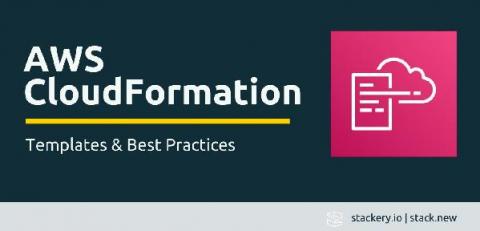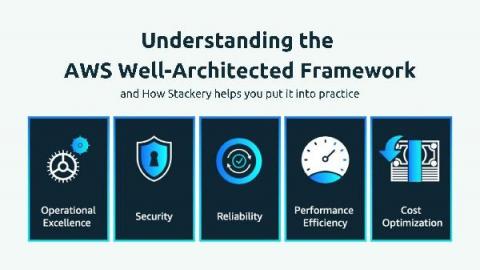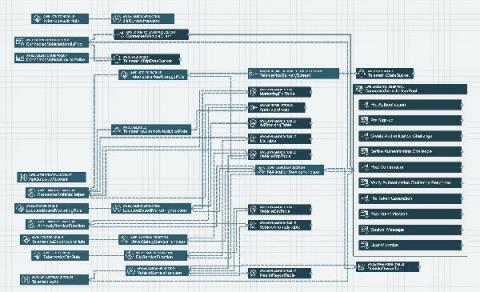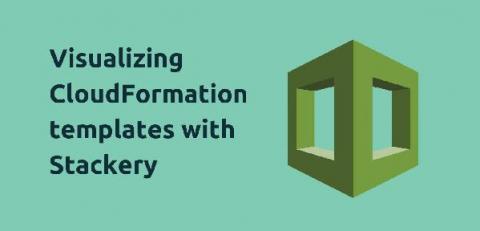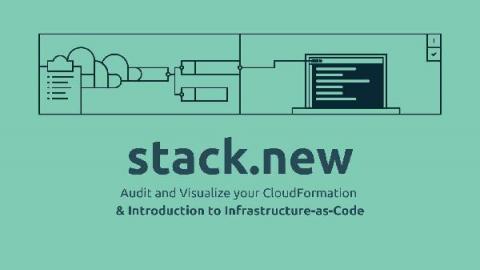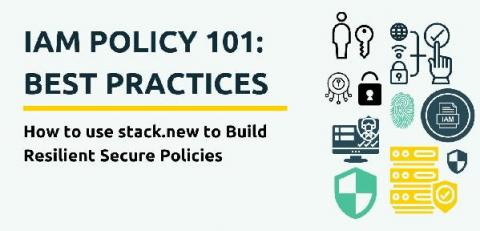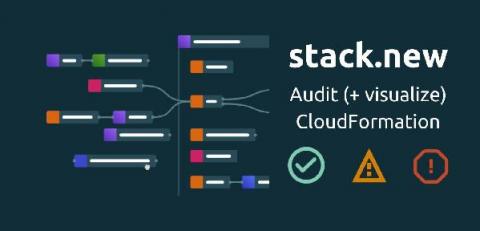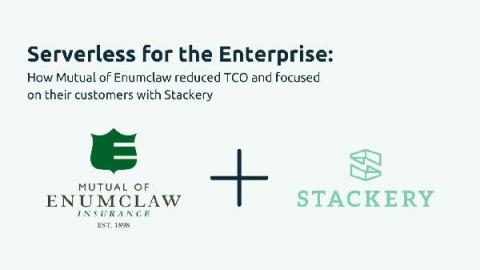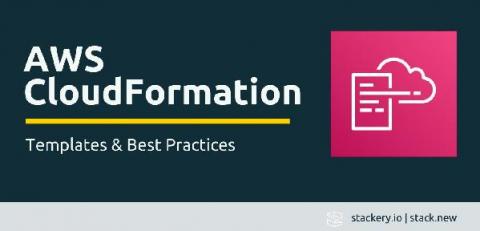Stackery announces the availability of Bastion modules on the CloudFormation Public Registry
AWS CloudFormation Modules, now available for public use through the AWS CloudFormation Public Registry, are a huge step forward for enterprise IT teams to create large manageable Infrastructure-as-Code (IaC) practices around CloudFormation. We’re excited to support the launch today with our own Bastion module. Unsure what Modules are? Read on.


